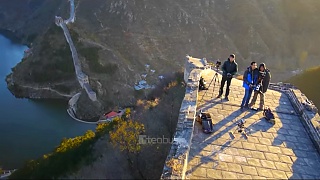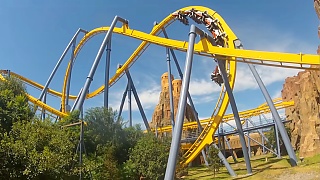With Brenna (and her crew - Chance, Emry and Wynnie).
What is life ? Life is a Chance (opportunity), go for it (tomorrow may never be the same). One has only one time to live one's dream ...
With Living Asian ...
[640],shadow=true,start=,stop=
Live more ...
 Exploring rural China in ZuoBu village near ZhongShan City 探索中国农村
Exploring rural China in ZuoBu village near ZhongShan City 探索中国农村With Brenna (and her crew - Chance, Emry and Wynnie).
What is life ? Life is a Chance (opportunity), go for it (tomorrow may never be the same). One has only one time to live one's dream ...
With Living Asian ...
[640],shadow=true,start=,stop=

|

|
This area of west YunNan, near Myanmar, has large populations of the Dai and JingPo peoples.
With Walk East ...
|

|
Sections of the Great Wall near BeiJing, including HuangHua, filmed from a small, remote-controlled quad-copter drone; awesome ...
|

|
Mǐfěn Miàn. A staple of YunNan 'small eats' 小吃 (XiǎoChī) street food dishes.
With DianXi XiaoGe #滇西小哥 ...
|

|
With The GrayZone ...
With The New Atlas / Brian Berletic ...
|

|
2012.
|

|
With ErMi ChuiYan ...
Bonus film - red wine with LongMeiMei ...
Gourd containers DIY ...
|